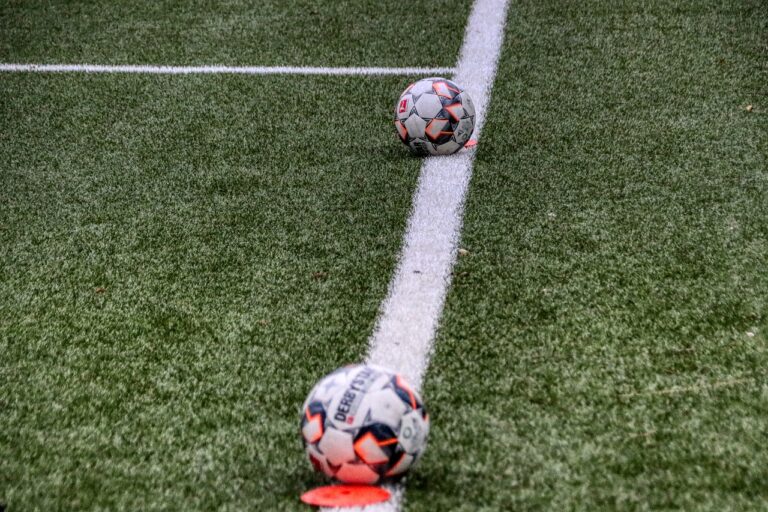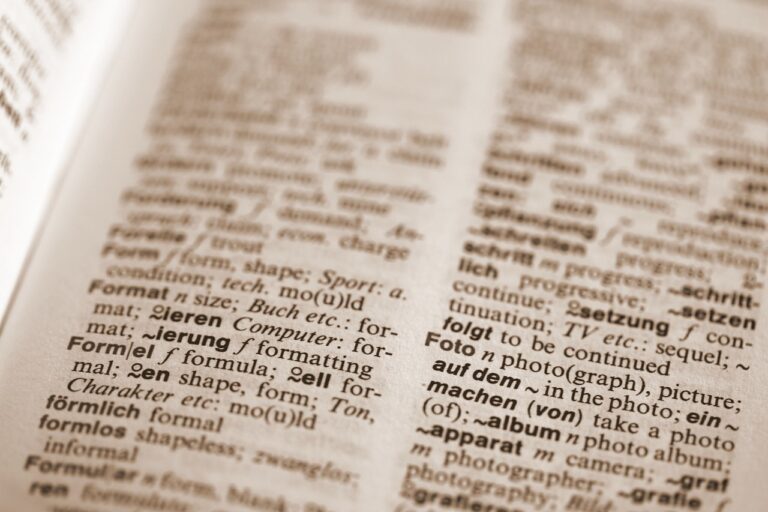The Evolution of Educational Assessment Methods
Prior to the development of modern education systems, assessment methods were largely informal and focused on evaluating students’ mastery of material through oral questioning, recitations, and demonstrations of skills. In ancient civilizations such as Greece and Rome, assessments often took the form of debates, discussions, and performances that showcased students’ understanding and application of knowledge. Teachers would observe and assess students based on their ability to articulate ideas, interpret texts, and demonstrate proficiency in various subjects.
During the Middle Ages, assessment methods evolved to include written examinations, where students would write responses to questions posed by their instructors. These written assessments were typically reserved for higher education institutions and were used to measure students’ comprehension and ability to analyze complex concepts. Additionally, apprenticeships and guilds utilized practical assessments to evaluate individuals’ skill proficiency in trades and crafts, emphasizing hands-on application of knowledge.
• In ancient civilizations such as Greece and Rome, assessments often took the form of debates, discussions, and performances
• Teachers would observe students based on their ability to articulate ideas and interpret texts
• Written examinations were introduced during the Middle Ages for higher education institutions
• Apprenticeships and guilds used practical assessments to evaluate skill proficiency in trades and crafts
The Influence of Behaviorism on Educational Assessment
Behaviorism, a psychological theory that focuses on observable behavior and external stimuli as determinants of learning, has significantly influenced educational assessment. This theory views learning as a result of conditioning through rewards and punishments. In the realm of assessment, behaviorism emphasizes the importance of measurable outcomes and objective evaluation criteria.
As a result of behaviorism’s impact, traditional forms of assessment such as standardized tests emerged, with a focus on quantifiable measures of learning outcomes. This approach to assessment prioritizes the observation of student behaviors through tests and quizzes, aiming to measure knowledge acquisition and retention. The influence of behaviorism on educational assessment has laid the foundation for the development of various evaluation methods used in modern education systems.
The Shift from Traditional Testing to Performance-Based Assessments
Assessment methods in education have undergone a notable evolution in recent years. Traditional testing, characterized by multiple-choice questions and standardized exams, has gradually given way to performance-based assessments. This shift aims to provide a more comprehensive evaluation of students’ knowledge and skills, moving beyond rote memorization to assess critical thinking, problem-solving abilities, and practical application of concepts.
Performance-based assessments offer students the opportunity to demonstrate their understanding through real-world tasks, such as projects, presentations, and simulations. By focusing on application and performance rather than regurgitation of facts, these assessments promote deeper learning and better prepare students for the challenges they will face in their future careers. Emphasizing skills over memorization, performance-based assessments encourage students to think creatively, work collaboratively, and apply their knowledge in meaningful ways.
What were the assessment methods used before modern education systems?
Before modern education systems, assessment methods primarily consisted of traditional testing, such as multiple-choice exams and essay-based assessments.
How did behaviorism influence educational assessment?
Behaviorism, a psychological theory that focuses on observable behaviors, influenced educational assessment by emphasizing the use of objective, measurable outcomes to evaluate student performance.
What led to the shift from traditional testing to performance-based assessments?
The shift from traditional testing to performance-based assessments was driven by the recognition that students needed to demonstrate their skills and knowledge in real-world contexts, rather than simply regurgitating memorized information on paper.







